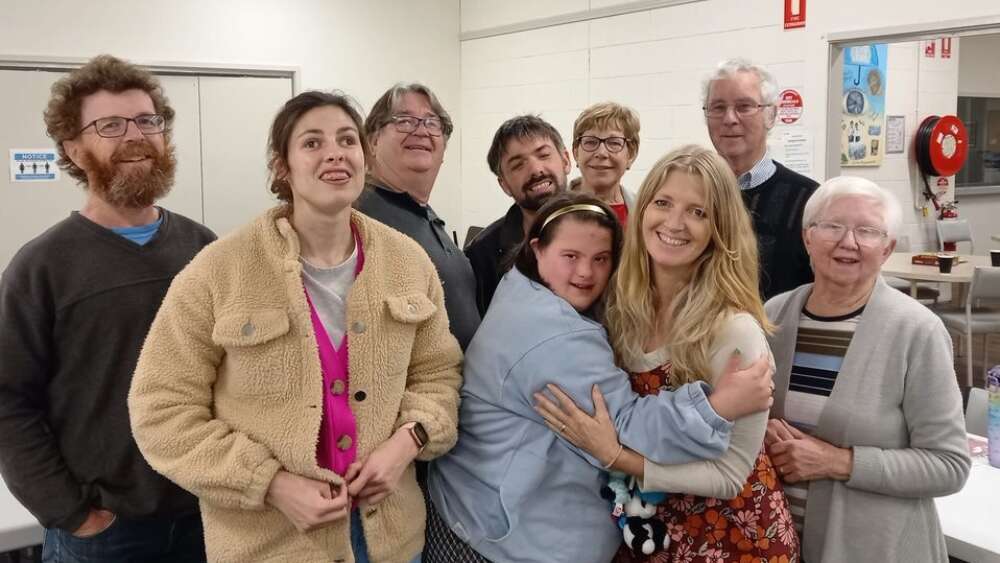If asked, most church leaders would affirm that they want their parishes to be places of welcome and inclusion for people with disability and their families. However, knowing what steps to take to facilitate this inclusion might not be immediately apparent.
There are some practical steps parishes can take to ensure they are working towards the goal of “removing those obstacles that currently prevent people affected by disability from hearing the gospel and sharing in Christian fellowship” (a goal determined at a meeting of the Sydney Anglican Church Diocese in 2018).
In order to make steps towards greater inclusion in your parish, it is helpful first to reflect on how well your parish is currently doing in welcoming and including people with disability and their families. It is helpful for church leaders to ask of themselves: To what extent are the following indicators evident in our congregations?
The presence of people with disability
Inclusion begins with presence. It is difficult for parishes to say we are inclusive of people with disability if there is no one with a disability within the parish. Current statistics indicate that almost one in five Australians have a disability. It may be useful to ask whether that number is reflected among the people in your parish and those who attend your church. If not, it is important to ask why this might be the case.
Accessibility
Accessibility in relation to people with disability refers to the extent to which all people are able to enter or use buildings or resources. This includes our programs, methods of communication and our attitudes towards people with disability. Once people with disability are present in your services, are they able to access all the public spaces on the church grounds? Are they able to participate in your church’s programs, including Sunday services but also mid-week programs? Can people with disability access youth group, Bible study groups, church retreats and communal meals? Belonging to a church community means being able to be a part of the life of the church beyond just Sunday services.
Hospitality
Although it is important for people to be able to have physical access into church buildings, what makes people feel like they truly belong in a particular church community is their relationship with others. While it is easy to focus our attention on how we greet people at the church door, in order to help people to feel like valuable members of our parishes our hospitality must extend beyond this.
Hospitality must also include opportunities to build relationships over shared meals and shared lives. Being present at Sunday services does not necessarily mean that a person feels like a valued and contributing member of the church community. While people with a disability might be present in your church on Sundays, are they extended the same kind of opportunities to journey together with others as other members of the parish?
A sense of shared lives
A welcoming congregation will allow people with and without disability to serve alongside one another in ministry, rather than separating people with disability into specialist disability ministries, for example, by running separate programs for children with disabilities away from the rest of the children’s program.
Through opening up opportunities for people with disability to be on parish rosters, people with and without disability can work together and learn from each other, and be built up in their faith together in service to God. To what extent can people with and without disability serve alongside one another in ministries in your parish?
A welcoming congregation will allow people with and without disability to serve alongside one another in ministry.
You might answer all of these questions with a resounding yes. This is wonderful news! But, do all the members of your parish feel likewise? As part of the next step, you will be encouraged to communicate with the people with disability and their families within your parish to learn from their perceptions of inclusion and participation in the parish.
On the other hand, your answers to these questions might reveal that your parish still has some learning and growing to do on its journey towards inclusion. However, the benefit of this reflection is that it gives you a starting point and a way to measure growth and development as your parish moves towards greater inclusion.
Having a realistic understanding of how your parish is currently measuring up in terms of including people with disability is an important first step towards making changes that will be effective and long lasting.
This is an edited excerpt from Everyone Welcome – Accessible Church for All – Accessibility Guidelines for the Sydney Diocese of the Anglican Church – by Louise Gosbell, on behalf of the Social Issues Committee of the Anglican Church, Diocese of Sydney.


